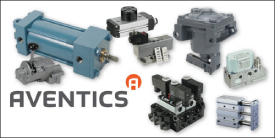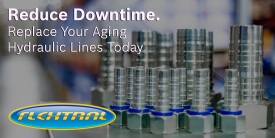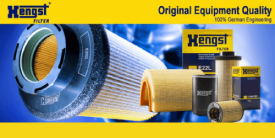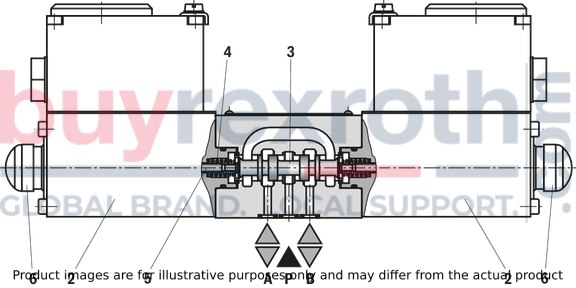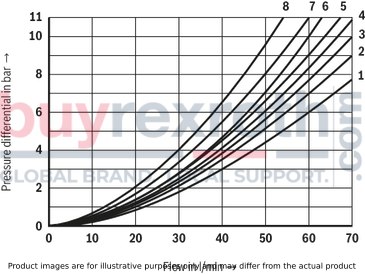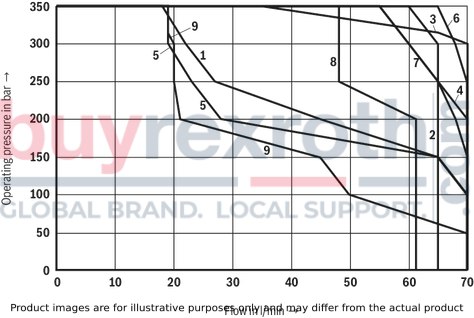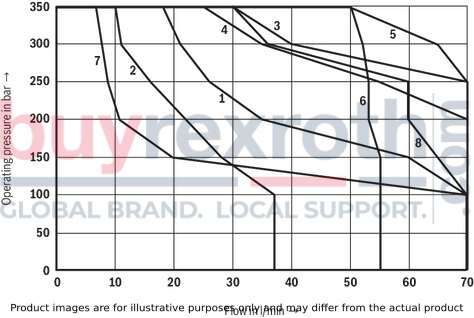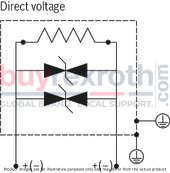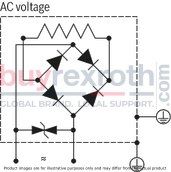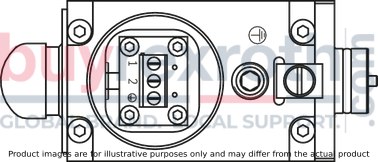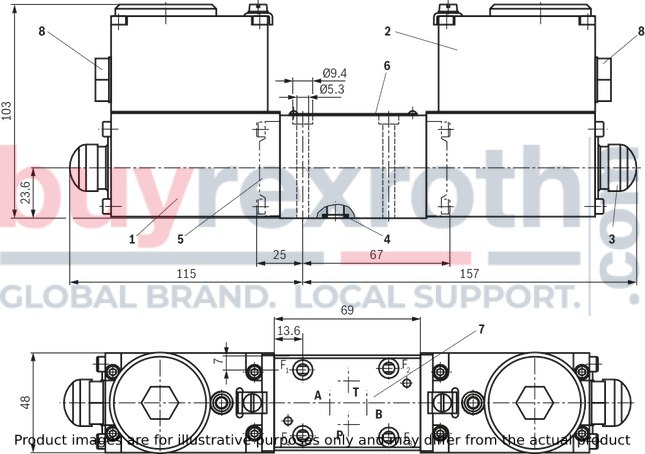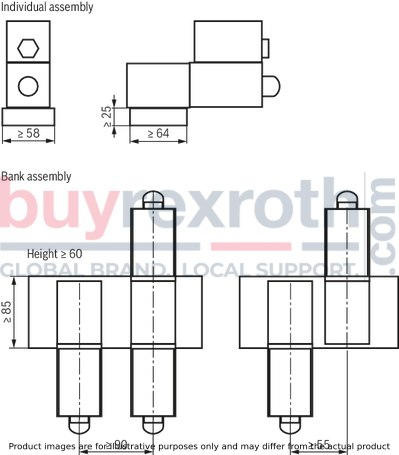***Disclaimer: The following summary contains information gathered from various sources such as product descriptions, technical specifications and catalogs. While efforts have been made to provide accurate details, inaccuracies may occur. It is advised to verify all information by contacting Bosch Rexroth directly.***
The Bosch Rexroth 4WE6J5X/BG24NVP1Z2 (R901458409) is a highly sophisticated directional spool valve designed to manage the start, stop, and direction of fluid flow within a hydraulic system. This model features a housing, one or two solenoids, a control spool, and one or two return springs to ensure smooth operation. The control spool operates under the influence of wet-pin solenoids immersed in hydraulic fluid, which guarantees responsive and precise control.
When de-energized, the control spool remains in its central or initial position due to the return springs. However, upon activation of the solenoids, the plunger exerts force on the control spool, transitioning it from its rest position to an active end position that alters the direction of flow between ports. The valve also includes a manual override feature that permits adjustment of the control spool without solenoid energization.
This particular model is equipped with two spool positions and two solenoids but does not have a spring return or detent in its de-energized state. For applications requiring constant positioning of the spool without continuous power supply, this valve can be configured with an impulse spool and detent option.
The 4WE6J5X/BG24NVP1Z2 is designed for use in potentially explosive atmospheres as per EU Explosion Protection Directive with ratings Ex ib I Mb and Ex ib II C T Gb according to EN standards. It supports maximum operating pressures up to bar and can handle maximum flow rates of l/min. The porting pattern adheres to ISO standards and it offers flexibility with electrical connections through either individual connection or piping connection NPT options. Additionally, it comes with a throttle insert for situations where operating conditions produce flows exceeding the valve's performance limit during switching processes.
$2,483.00 USD
Availability: 8 In Stock
Note: Sales tax, shipping, and applicable tariffs will be calculated at checkout.| Qty | Price | Savings |
|---|---|---|
| 5-24 | $2,420.92 USD | $62.08 USD |
| 25+ | $2,358.85 USD | $124.15 USD |
Qty: Delivered as early as December 15, 2025 when ordered in

